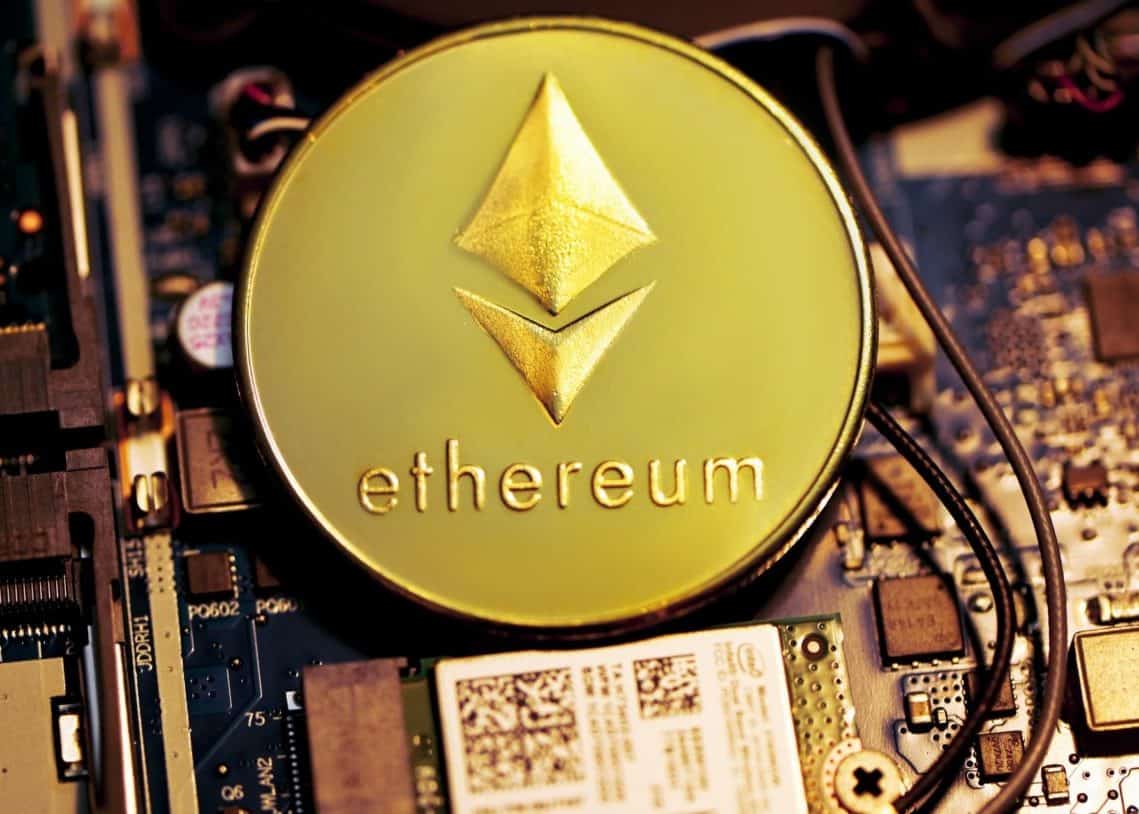Ethereum 2.0 clients Teku and Geth released the required update v22.8.1 for all Mainnet users laying the groundwork for the Merge. The update includes the Bellatrix upgrade and Merge transition configuration. All Ethereum Mainnet users are required to upgrade before September 6, the date of Bellatrix activation on Mainnet.
Sharing via a tweet on August 22 Teku and Go Ethereum [Geth] announced the release of v22.8. and Geth v1.10.22 [Promavess], respectively.
As per Geth’s GitHub, the update allows Eth mainnet merge at a Terminal Total Difficulty 58750000000000000000000 scheduled for September 15.
According to the information available, it would require an average of 872.2 TH/s to achieve the final TTD. The current hash rate is around that range with a total difficulty of 56938771076282196928114.
In addition to that, “the Merge will require both an execution client [Geth] and a consensus client.”
“Both Teku and your execution client will need to be updated to prepare for the merge. If the execution client fails to update it will regularly report an error like:”
*** Transition Configuration error: For those new, The Merge is a protocol upgrade to the Ethereum blockchain, which transition from “proof of work” [PoW] to “proof of stake” [PoS]. In this way, Ethereum is essentially modifying the way it processes transactions on its blockchain.
“Ethereum Merge will reduce energy consumption by nearly 10,000%”
As previously stated by Eth developers, the new system will boost the network’s security, making it almost impossible to attack the network. Besides that, they claimed it will also be more energy-efficient, reducing energy consumption by roughly 10,000%.
It’s been dubbed as “the Merge” as the upgrade involves combining the Eth Mainnet with the new PoS chain, also known as the Beacon chain.
Since December 2020, the Beacon Chain has been running and the Ethereum community has been using this particular chain to carry out tests, get rid of bugs, and gather enough validator nodes to run the network.
The Merge will take place when the last block of data is created on the old PoW blockchain. The very next block will be produced on the new Beacon Chain. So from a user’s point of view, nothing will change.

